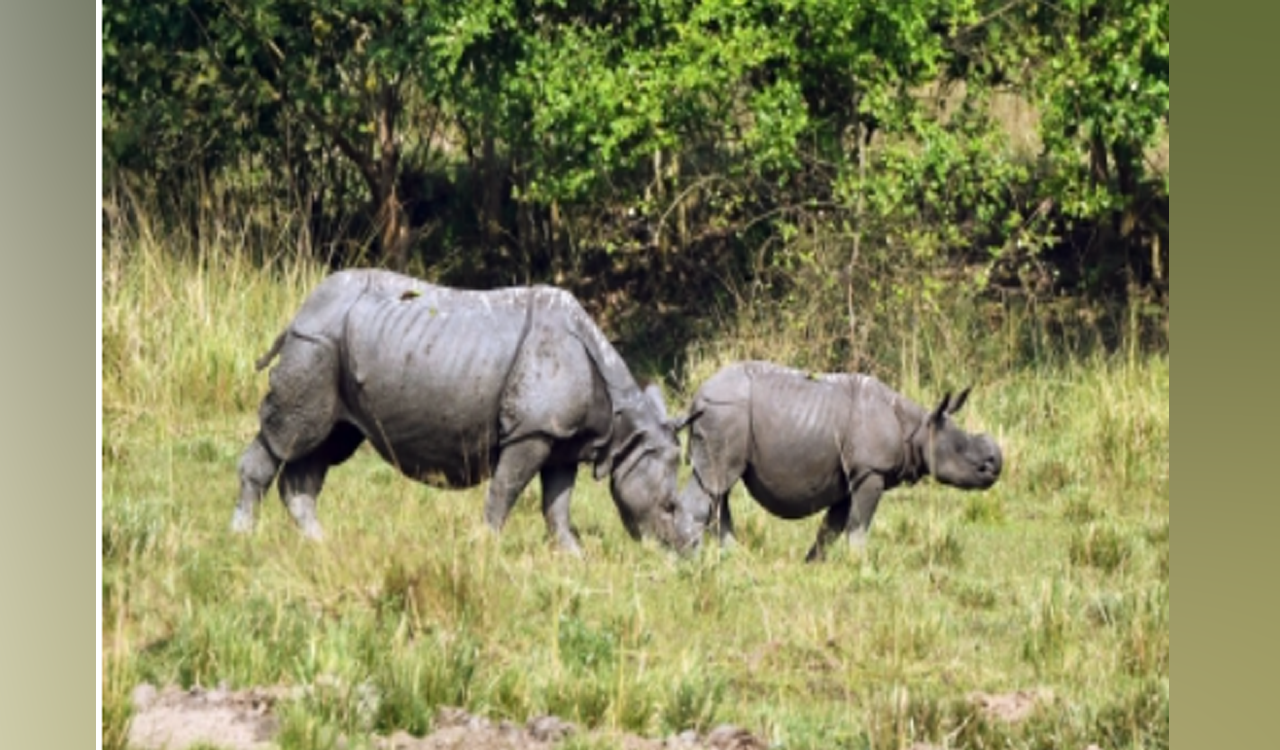The KNP in Assam, a corridor for immigration of members of the Indo-Malayan fauna into the Indian sub-region, is a critical reserve for tropical species, having served as a gene reservoir for these taxa during glacial periods.
Published Date – 24 February 2024, 06:07 PM

New Delhi: Indian researchers have explored how pollen and non-pollen palynomorphs (NPPs) of Kaziranga National Park (KNP) can help in the interpretation of climate in the region.
The KNP in Assam, a corridor for immigration of members of the Indo-Malayan fauna into the Indian sub-region, is a critical reserve for tropical species, having served as a gene reservoir for these taxa during glacial periods.
To understand the effect of climate change on the biodiversity loss in national parks, scientists from the Birbal Sahni Institute of Palaeosciences (BSIP), an autonomous institution of the Department of Science and Technology (DST) developed a modern analogue dataset based on NPPs from different vegetation settings across the KNP.
The study evaluates both the strength and weaknesses of the biotic proxy and assesses how reliably modern pollen and NPP analogue can identify different ecological environments and could be used as a baseline in interpreting Late Quaternary palaeo-environmental and ecological changes more accurately in this region.
Modern pollen analogue being a prerequisite in this high precipitation tropical region for deciphering the past and future climatic scenario, the palaeo-ecological data would assist in better understanding the sustainable future projections in and around the national park.
Compared to single-proxy interpretation, the combination of pollen and NPP can reveal more detailed information and strengthen subsequent palaeo-environmental reconstructions.
The research is the first holistic approach towards developing modern pollen and NPP analogue that would be an accurate reference tool for the past herbivory and ecological studies in the tropical region of northeast India.
The study published in the journal Holocene for the first time helps in identifying marker pollen taxa recovered from surface soil samples in relation to the different vegetation and land-use from KNP. It could help public and wildlife management agencies to understand the association of flora and fauna, especially herbivores in national parks to conserve it for the current and future prospect, thus informing the National Biodiversity Mission.




